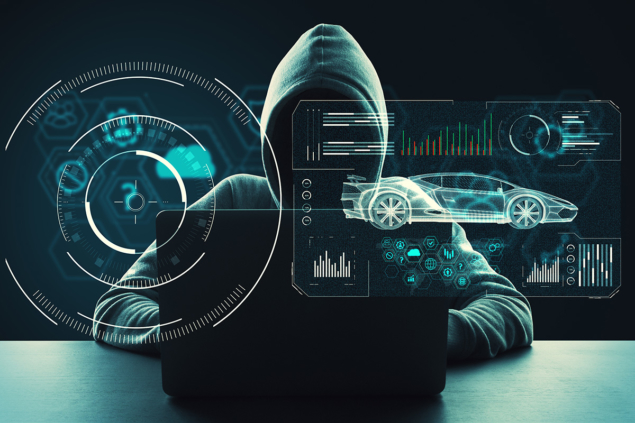Automotive hacking involves the exploitation of vulnerabilities within the hardware, software, and communication system of automobiles. According to Lopez et al. (2019), the global automobile industry will grow by over nine trillion U.S. dollars by 2030. The future is owned by intelligent and autonomous cars because they are safe, more comfortable, and more convenient than regular cars. However, as technology increases in the design of automobiles, automotive security is being compromised. Automotive hacking targets the security vulnerabilities in these autonomous cars to extract valuable information that allows hackers to manipulate such cars’ movements. The exposure of automotive security arises because these automobiles use Bluetooth and WI-FI technologies to communicate, making them more prone to cyber-attacks. In 2020 alone, automotive hacking increased by nearly 138% (Bolz & Kriesten, 2021). Thus, automotive security is compromised, and this is likely to increase.
According to Bolz & Kriesten (2021), these attacks will increase by 99% in the coming years. For example, in February 2019, hackers compromised the automotive security at Toyota. As a result, Toyota automobiles experienced a data breach that exposed over 3 million customers (Bolz & Kriesten, 2021). Once the automotive hacking happens, hackers can control the vehicles, including steering them, changing gears, and even stealing them. One such automotive security is compromised; hackers can have accessibility to data and can even take action on the owner’s trip data. These automotive security instances are dangerous to individuals as well as the company.
There has been a rise in automotive hacking over time. According to Bolz & Kriesten, automotive hacking incidents were more than double in 2019 compared to 2018 data (Bolz & Kriesten, 2021). The rise in automotive hacking is escalating because many vehicles connect to the internet (Bolz & Kriesten, 2021). Also, the surge is owed by the increasing technology embedded in vehicles that have a significant automotive security breach. Such technologies, including keyless go, remote start, remote shut down, and mobile car applications, have immensely contributed to automotive hacking (Bolz & Kriesten, 2021). Based on such rises, automotive hacking is considered the most dangerous than computer cyber-attacks because they can physically endanger the victim passenger and drivers on the go. Another report by Bolz & Kriesten reveals that between 2016 and 2019, the number of automotive hacking incidents increased more than seven times and continues to be even worse now and in the future (Bolz & Kriesten, 2021).
However, vehicle manufacturers can implement various strategies and ways to counter the increasing automotive hacking despite such rises. The focus is on automotive security to ensure a consistent check of the vehicle’s functionalities. There is a need to update the vehicle software to reduce such automotive attacks. Outdated software forms a ground for an automotive security vulnerability that can easily be compromised. Software updates remove the previous version’s bugs that make the security stronger. Also, it is essential to restrict the use of wireless systems because they can be controlled online and may create automotive security breaches. It is also necessary to turn off GPS to limit the tracking of the vehicle by hackers who can compromise the data. These actions can reduce the rising cases of automotive attacks.
Therefore, as the automotive industry grows exponentially, it is essential to be concerned about automotive security. The rise in automotive hacking is worrying, and if nothing is done, there will be a considerable increase in the number of vehicles hacked every year. In addition, the rising use of wireless technology, including the internet and Bluetooth, calls for an increasing need for automotive security implications that will help reduce the attacks.
References
Bolz, R., & Kriesten, R. (2021). Automotive Vulnerability Disclosure: Stakeholders, Opportunities, Challenges. Journal of Cybersecurity and Privacy, 1(2), 274-288.
Lopez, A., Malawade, A. V., Al Faruque, M. A., Boddupalli, S., & Ray, S. (2019). Security of emergent automotive systems: A tutorial introduction and perspectives on practice. IEEE Design & Test, 36(6), 10-38.




Recent Comments